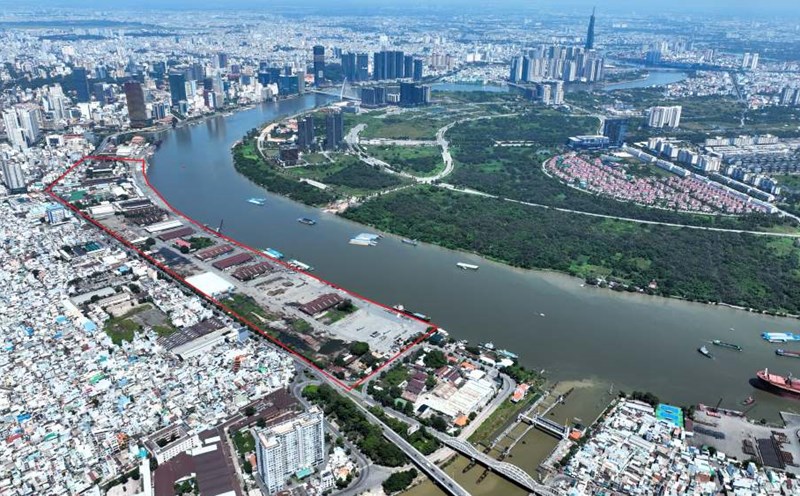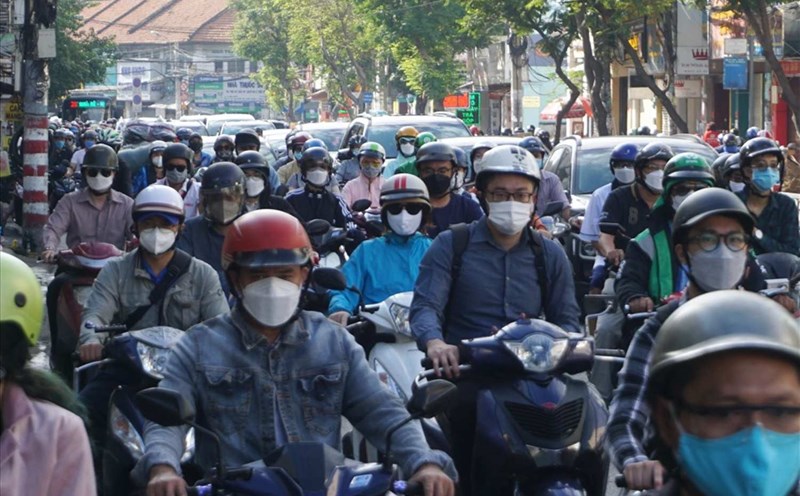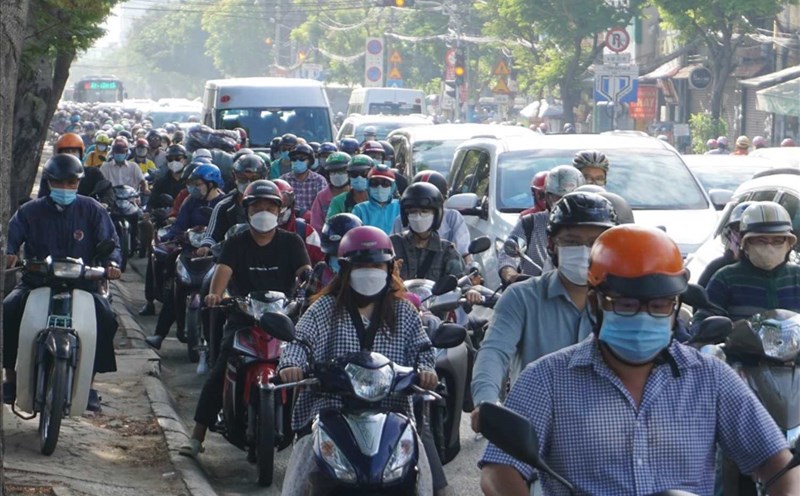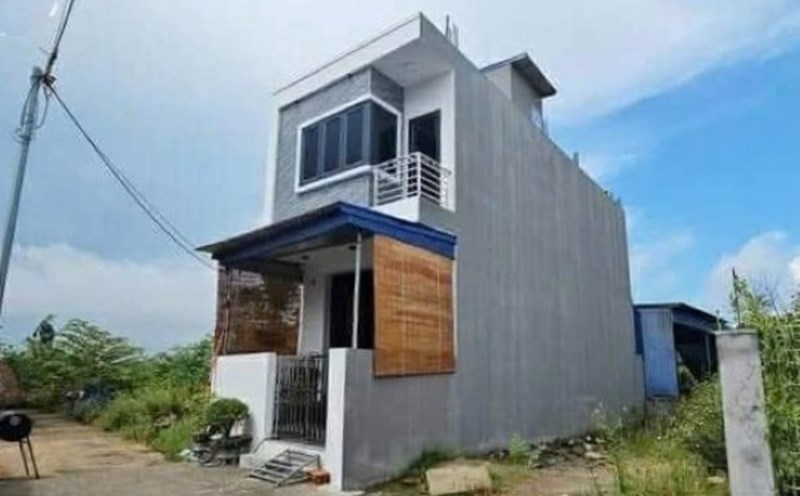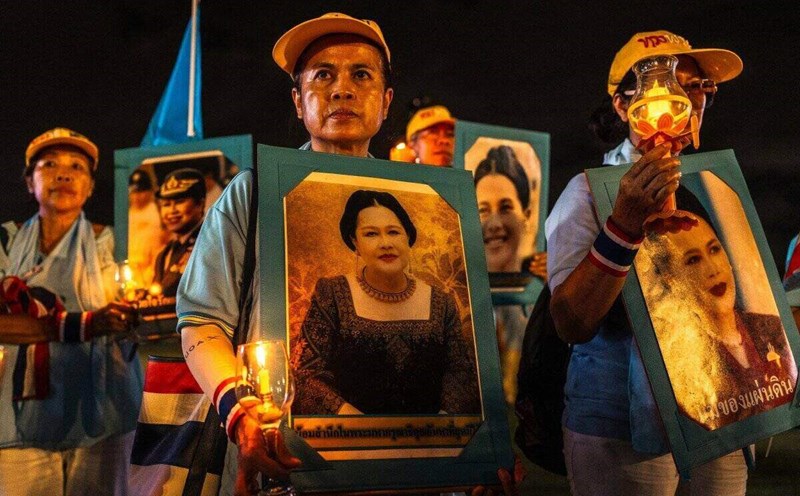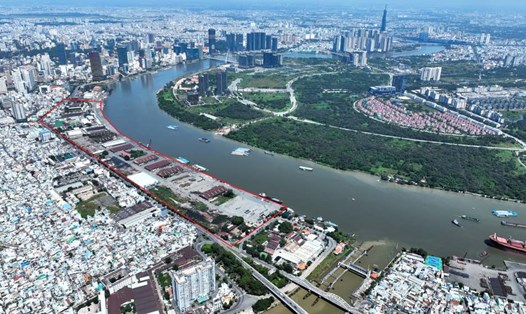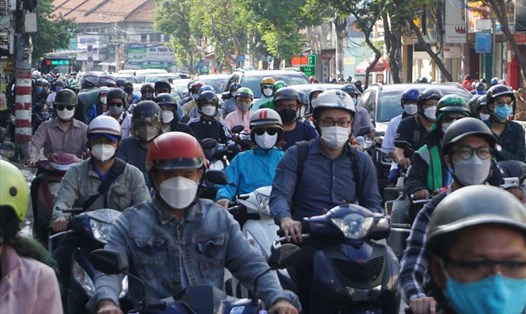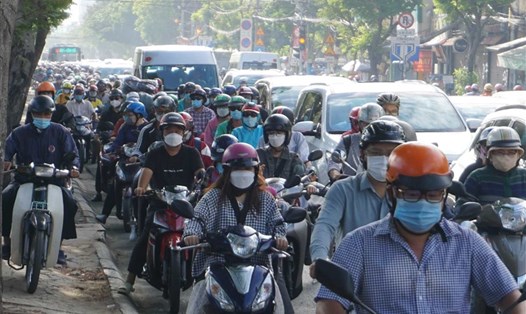This information was stated by the Department of Planning and Architecture of Ho Chi Minh City in a document sent to the Department of Finance of Ho Chi Minh City regarding the study of the overall planning plan for the land of Khanh Hoi port (formerly District 4).
According to the Department of Planning and Architecture, Khanh Hoi port area has a particularly important location, adjacent to Nguyen Tat Thanh street from Khanh Hoi bridge to Tan Thuan bridge and adjacent to Saigon river - considered the main landscape axis, urban architectural highlight of the city.
Currently, the land has many works of historical value such as Dragon Wharf - Ho Chi Minh Museum - Ho Chi Minh City Branch, Saigon Port Company Office, ancient warehouse system built from 1925-1929 with wharves, water towers...
These are heritage-valuable works that need to be preserved, conserved and exploited effectively such as the space for traditional education, culture - history and important tourist destinations of Ho Chi Minh City.
Nguyen Tat Thanh Street is currently the main axis connecting the South (formerly District 7, Nha Be) with the center of Ho Chi Minh City, with high traffic density. However, the road has not been expanded according to the plan, so there are often traffic jams, especially during rush hour.
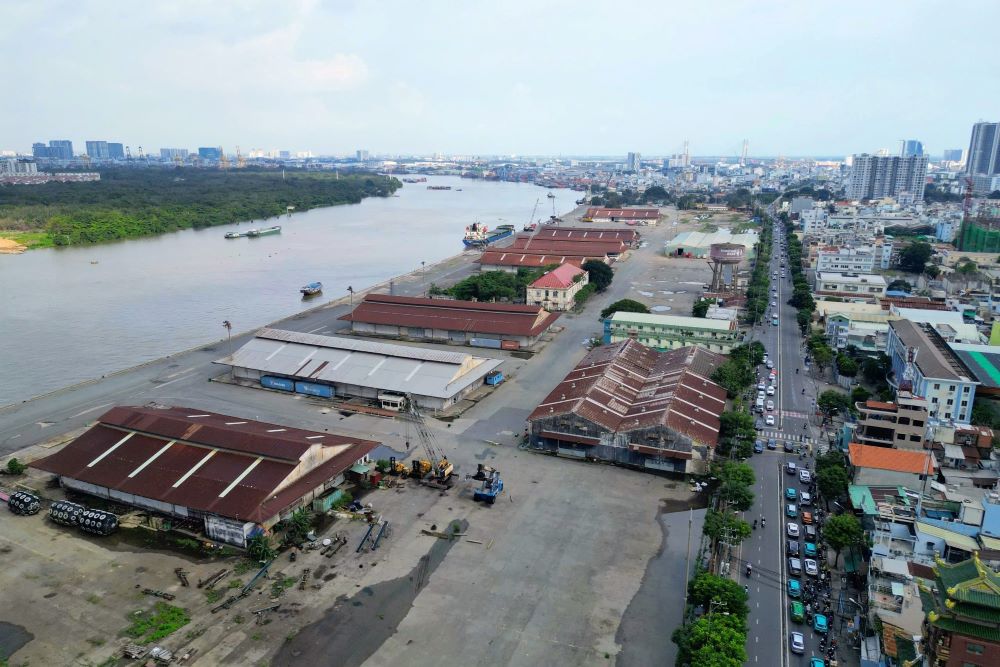
According to the Project to adjust the general planning of Ho Chi Minh City to 2040, with a vision to 2060, the Nha Rong - Khanh Hoi port area is oriented to become an "international passenger port".
Therefore, the Department of Planning and Architecture proposed a plan to plan the total land area of Khanh Hoi port with a total research area of about 31.5 hectares, with the orientation of forming a complex including: Green park land (about 60% of the area); public works land (about 20%); international passenger port land (about 20%).
This area is prioritized for developing green areas, forming multi-functional parks to serve the community, combining public utilities, playgrounds, and common living spaces, thereby contributing to improving the environment and improving the quality of life of the people.
Nguyen Tat Thanh Street is oriented to be expanded towards Khanh Hoi Port. The boundary will be studied and proposed in detail by the Ho Chi Minh City Department of Construction to ensure that it meets the infrastructure needs of the area in the future.
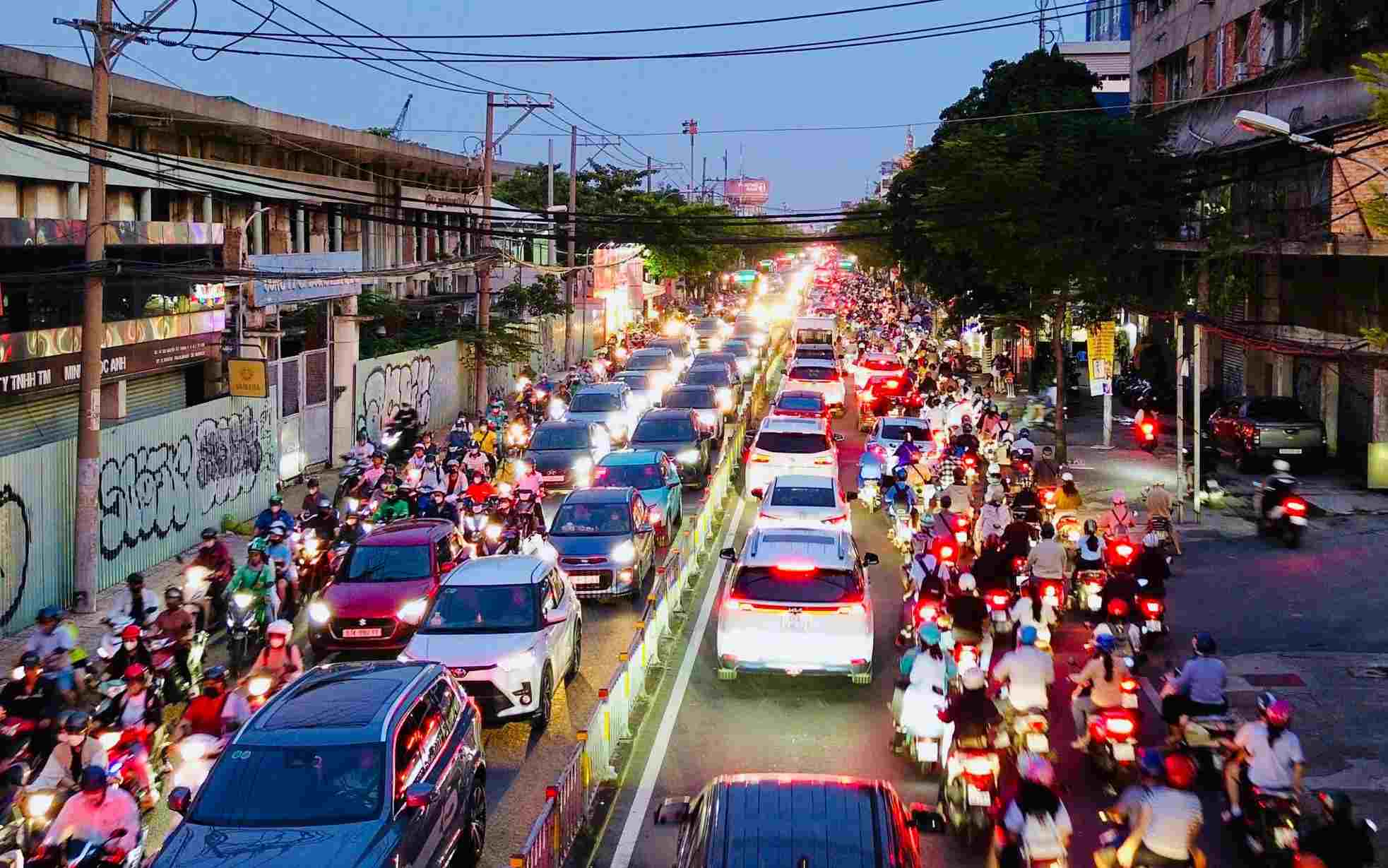
To ensure legality, the Department of Planning and Architecture recommends assigning the People's Committee of Xom Chieu Ward to review the provisions of the Law on Urban and Rural Planning 2024 (effective from July 1, 2025) and locally adjust the Urban Development Detailed Planning Project ( Zoning Plan) at a scale of 1/2000 for the existing central area of Ho Chi Minh City (area 930ha).
After the adjustment project is approved, Xom Chieu ward will select a consulting unit to prepare a 1/500 scale detailed planning project ( master plan), organize appraisal and approval in accordance with regulations.
Previously, at the conference to summarize 50 years of literature and art in Ho Chi Minh City on October 18, Secretary of the City Party Committee Tran Luu Quang said that the city had allocated land at Nha Rong Wharf to investors to implement a housing project.
However, the Standing Committee of the Ho Chi Minh City Party Committee has stopped this policy to reserve land to serve the expansion of the Ho Chi Minh Cultural Space.
Mr. Tran Luu Quang affirmed that the Ho Chi Minh Cultural Space will be expanded in the Dragon House Wharf area, associated with the Ho Chi Minh Museum - Ho Chi Minh City branch. The remaining part of the land will be planned into a park, combined with the expansion of Nguyen Tat Thanh Street and the development of public services, not the development of commercial housing projects.

